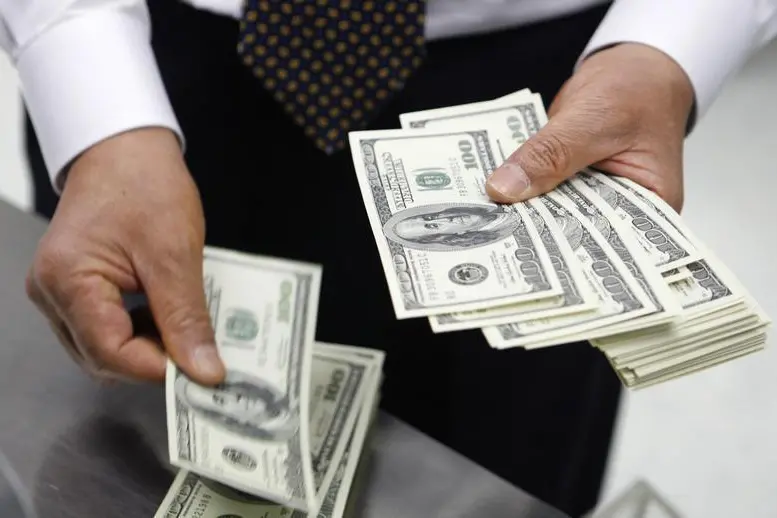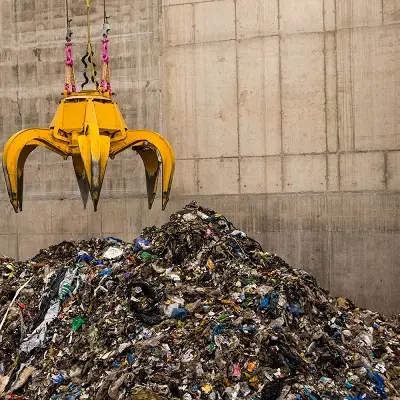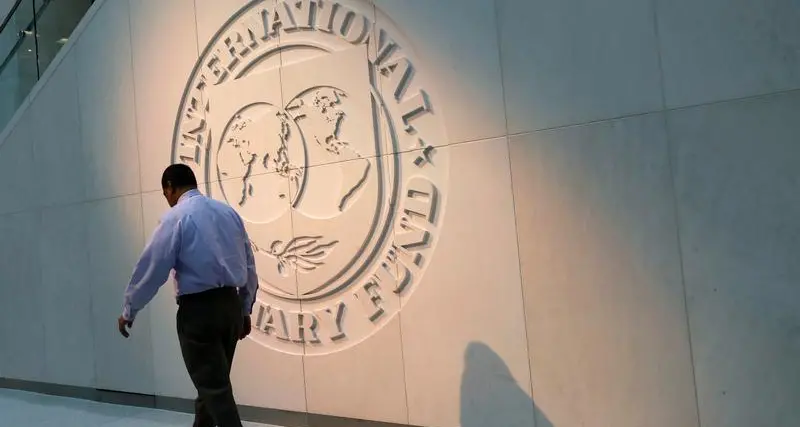PHOTO
(Adds details on global reserves, quote, byline)
By Gertrude Chavez-Dreyfuss
June 30 (Reuters) - The U.S. dollar's share of international currency reserves slipped in the first three months of the year as China's economic slowdown and falling global stock markets prompted investors, including central bankers, to seek relief in other safe havens such as the yen.
The greenback's share of allocated reserved dipped to 63.6 percent in the first quarter, equivalent to $4.57 trillion, from 64.3 percent in the last quarter of 2015, data from the International Monetary Fund showed on Thursday.
Not coincidentally, the dollar fell 4 percent against a basket of currencies in the first three months of 2016.
"There was a modest shift away from U.S. assets into one perceived as safer amid a heightened level of risk aversion," said Joe Manimbo, senior market analyst at Western Union Business Solutions in Washington.
"It's nothing game-changing though, but the dollar likely lost out to the yen as a safe haven during the turbulent opening quarter of the year. So dollar/yen weakness has largely meant euro/dollar strength," he added.
The euro's share edged higher to 20.4 percent in the same period, from 19.8 percent the quarter before. The rise in the euro's share came after declining for eight straight quarters. At its peak in 2009, the euro's share of global reserves was 28 percent.
The yen's share, meanwhile, rose to 4.1 percent from about 4.0 percent in the fourth quarter of 2015 and 3.8 percent in the third. In the first quarter of the year, the yen rose 0.9 percent versus the dollar, after a 0.4 percent loss at the end of fourth quarter last year.
IMF data also showed that global foreign exchange reserves rose slightly to $10.94 trillion after sliding for two straight quarters. The total amount of allocated currency holdings also grew to $7.18 trillion from $6.81 trillion in the fourth quarter of last year.
Unallocated reserves, or those that have not been reported to the IMF, slid to $3.75 trillion in the first quarter of the year, from $4.11 trillion in the previous quarter. It is widely believed in the currency market that China's reserves are part of the unallocated pool.
China began reporting in the second quarter of 2015 a representative portfolio on a partial basis and will gradually increase to full coverage of foreign exchange reserve assets within two to three years, according to the IMF.
(Reporting by Gertrude Chavez-Dreyfuss; Editing by James Dalgleish) ((gertrude.chavez@thomsonreuters.com; 646-223-6322; Reuters Messaging: rm://gertrude.chavez.reuters.com@reuters.net))
By Gertrude Chavez-Dreyfuss
June 30 (Reuters) - The U.S. dollar's share of international currency reserves slipped in the first three months of the year as China's economic slowdown and falling global stock markets prompted investors, including central bankers, to seek relief in other safe havens such as the yen.
The greenback's share of allocated reserved dipped to 63.6 percent in the first quarter, equivalent to $4.57 trillion, from 64.3 percent in the last quarter of 2015, data from the International Monetary Fund showed on Thursday.
Not coincidentally, the dollar fell 4 percent against a basket of currencies in the first three months of 2016.
"There was a modest shift away from U.S. assets into one perceived as safer amid a heightened level of risk aversion," said Joe Manimbo, senior market analyst at Western Union Business Solutions in Washington.
"It's nothing game-changing though, but the dollar likely lost out to the yen as a safe haven during the turbulent opening quarter of the year. So dollar/yen weakness has largely meant euro/dollar strength," he added.
The euro's share edged higher to 20.4 percent in the same period, from 19.8 percent the quarter before. The rise in the euro's share came after declining for eight straight quarters. At its peak in 2009, the euro's share of global reserves was 28 percent.
The yen's share, meanwhile, rose to 4.1 percent from about 4.0 percent in the fourth quarter of 2015 and 3.8 percent in the third. In the first quarter of the year, the yen rose 0.9 percent versus the dollar, after a 0.4 percent loss at the end of fourth quarter last year.
IMF data also showed that global foreign exchange reserves rose slightly to $10.94 trillion after sliding for two straight quarters. The total amount of allocated currency holdings also grew to $7.18 trillion from $6.81 trillion in the fourth quarter of last year.
Unallocated reserves, or those that have not been reported to the IMF, slid to $3.75 trillion in the first quarter of the year, from $4.11 trillion in the previous quarter. It is widely believed in the currency market that China's reserves are part of the unallocated pool.
China began reporting in the second quarter of 2015 a representative portfolio on a partial basis and will gradually increase to full coverage of foreign exchange reserve assets within two to three years, according to the IMF.
(Reporting by Gertrude Chavez-Dreyfuss; Editing by James Dalgleish) ((gertrude.chavez@thomsonreuters.com; 646-223-6322; Reuters Messaging: rm://gertrude.chavez.reuters.com@reuters.net))












